Discover Italy:15 The Best Places To Visit In Italy
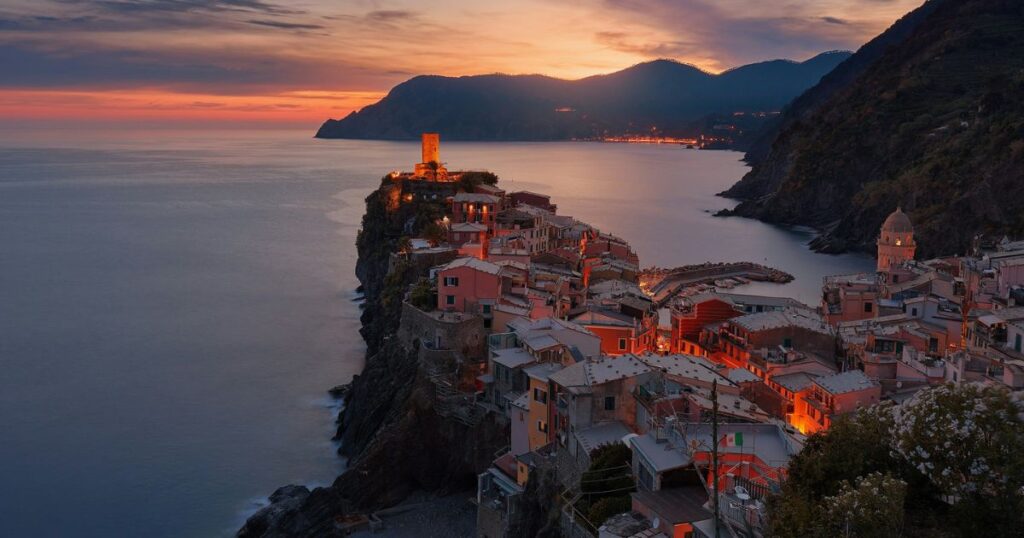
Italy, located in Southern Europe, is renowned for its rich cultural heritage, historical significance, and stunning landscapes. Shaped like a boot, the Italian peninsula stretches into the Mediterranean Sea, encompassing various regions, each with its unique charm and traditions. Italy is a cradle of Western civilization, home to the Roman Empire and the Renaissance, and boasts a wealth of art, architecture, and historical sites.
Italy offers a captivating blend of past and present, from the ancient ruins of Rome and the canals of Venice to the rolling hills of Tuscany and the breathtaking Amalfi Coast. Its vibrant culture, world-famous cuisine, and warm, welcoming people make it a must-visit the best places to visit in Italy for travellers from around the globe.
Unveiling Italy: A Tapestry of History, Culture, Religion, and People
The History of Italy
Italy’s history is a rich tapestry woven from thousands of cultural, political, and social developments. The Italian peninsula has been a focal point for various civilizations and has significantly influenced Western history.
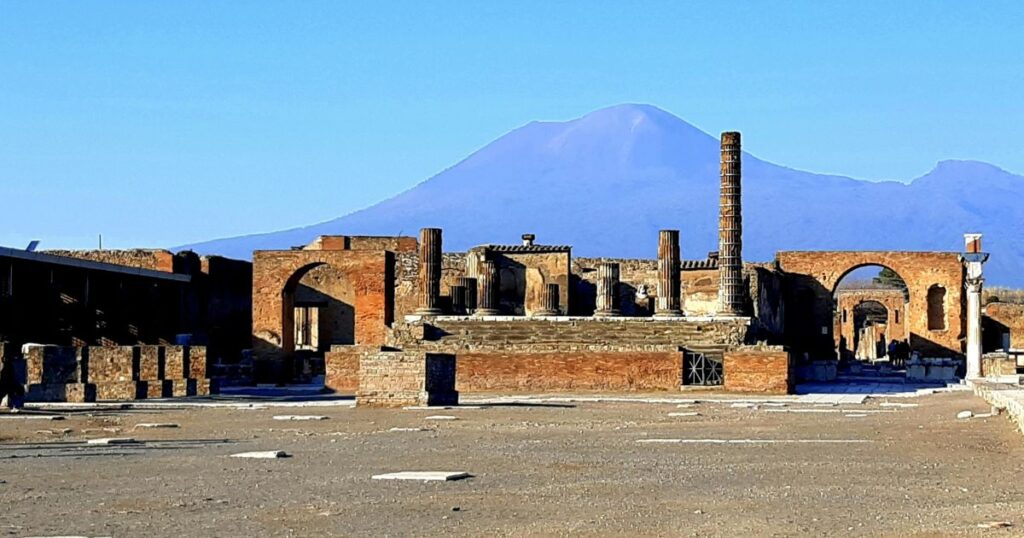
Ancient Origins
Italy’s story begins with the prehistoric cultures of the Neolithic period. By the 8th century BCE, the Etruscans in central Italy and the Greeks in southern Italy had established flourishing civilizations. The Etruscans significantly influenced the emerging city-state of Rome, founded in 753 BCE. Rome’s early history is shrouded in legend, but by the 6th century BCE, it had grown into a powerful republic.
The Roman Empire
The Roman Republic, established in 509 BCE, gradually expanded its influence across the Mediterranean. By the 1st century BCE, Rome had transitioned into the Roman Empire under Augustus, its first emperor. The empire brought unprecedented prosperity and stability, spreading Roman law, culture, and language across Europe, North Africa, and the Middle East. However, by the 5th century CE, internal strife and external pressures led to the empire’s decline and eventual fall in 476 CE.
The Middle Ages
The fall of the Roman Empire ushered in the Middle Ages, marked by the fragmentation of Italy into various kingdoms, duchies, and city-states. The most prominent were the Papal States, the Kingdom of Sicily, and Venice, Genoa, and Pisa maritime republics. During this period, Italy was a battleground for control among foreign powers like the Holy Roman Empire, France, and Spain. Despite the political instability, the Middle Ages were a time of cultural and intellectual revival, setting the stage for the Renaissance.
The Renaissance
The Renaissance, originating in Florence in the 14th century, was a period of extraordinary cultural and artistic achievement. It marked a rebirth of classical learning and values, leading to advancements in art, science, and literature. Notable figures such as Leonardo da Vinci, Michelangelo, and Raphael produced works that have defined Western art. The Renaissance also saw the rise of humanism, emphasizing the potential and value of human beings.
The Unification of Italy
The 19th century brought the movement for Italian unification, known as the Risorgimento. Led by figures like Giuseppe Garibaldi, Count Camillo di Cavour, and Giuseppe Mazzini, Italy was unified as a kingdom in 1861 under King Victor Emmanuel II of Sardinia. Rome became the capital in 1871, completing the unification process.
Modern Italy
In the 20th century, Italy faced significant challenges, including two World Wars and the rise of Fascism under Benito Mussolini. After World War II, Italy abolished the monarchy and became a republic in 1946. The post-war period saw rapid economic growth and industrialization, transforming Italy into one of the world’s leading economies.
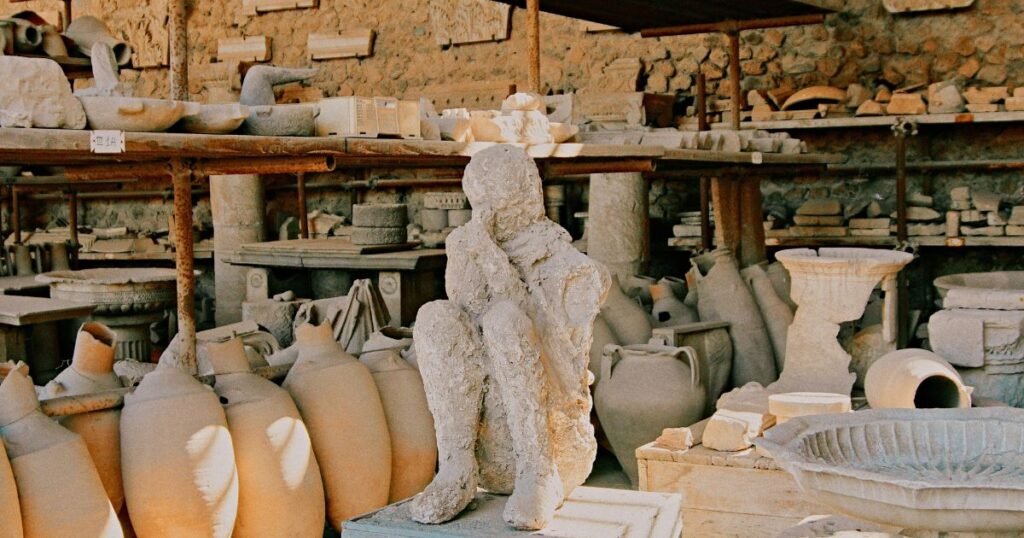
Vibrant Culture
Italian culture is renowned for its contributions to art, music, literature, and cuisine. The country has a rich artistic heritage, with countless museums, galleries, and historic sites. Italians are known for their passion for food, family, and tradition. Festivals, from religious celebrations to cultural events like Carnival in Venice, play a significant role in Italian life.
Deep Rooted Religion
Italy is predominantly Roman Catholic, and the Church has played a central role in Italian history and culture. Vatican City, an independent city-state within Rome, is the spiritual and administrative center of the Roman Catholic Church. While Catholicism remains influential, modern Italy is increasingly secular, with growing diversity in religious beliefs.
Climate
Italy’s climate varies significantly from north to south. The northern regions, including cities like Milan and Venice, have a temperate climate with cold winters and hot summers. Central Italy, including Rome and Florence, experiences a Mediterranean climate with mild, wet winters and hot, dry summers. Southern Italy and the islands, like Sicily and Sardinia, enjoy a warm Mediterranean climate year-round.
Education
Italy has a long tradition of education, dating back to the establishment of the University of Bologna in 1088, considered the world’s oldest university. The Italian education system is divided into five stages: kindergarten, primary school, lower secondary school, upper secondary school, and higher education. Higher education includes universities and technical institutes, many of which are renowned globally. The system emphasizes a comprehensive curriculum, including strong foundations in the humanities and sciences.
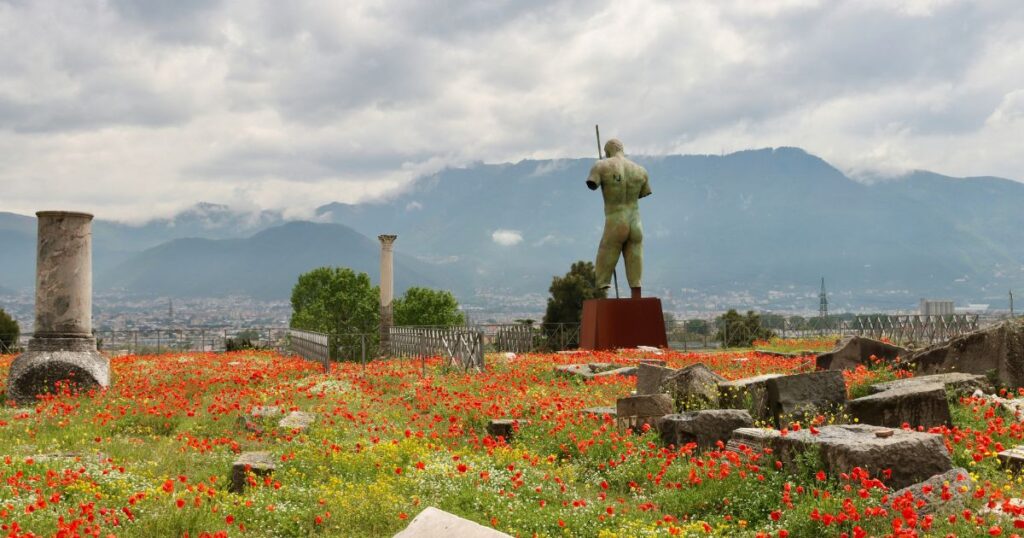
Italy’s rich history, vibrant culture, and diverse landscapes make it a fascinating country with a unique identity. From its ancient origins and the heights of the Roman Empire to the cultural bloom of the Renaissance and modern-day contributions, Italy continues to captivate and inspire. Its people, traditions, and innovations reflect a deep-seated love for beauty, knowledge, and life.
15 THE BEST PLACES TO VISIT IN ITALY-A COMPLETE GUIDE
Italy, a country that boasts a remarkable blend of ancient history, stunning landscapes, and vibrant culture, is a dream destination for travellers from around the world. From the ruins of Rome to the romantic canals of Venice, every corner of Italy has something extraordinary to offer. Whether you’re an art enthusiast, a history buff, or a nature lover, Italy promises unforgettable experiences. Here are the 15 best places to visit in Italy that should be on every traveller’s itinerary.
1. Rome
Rome, the “Eternal City,” stands as a testament to over 2,500 years of history. Walking through Rome is like traversing a living museum, where ancient ruins coexist with bustling modernity. The Colosseum, an iconic symbol of Roman engineering prowess, hosted gladiatorial contests and public spectacles. The Roman Forum, once the heart of Roman public life, features temples, basilicas, and arches that narrate the city’s imperial grandeur. The Pantheon, with its magnificent dome, remains a marvel of ancient architecture.
Vatican City, an independent city-state within Rome, is the spiritual and administrative center of the Roman Catholic Church. St. Peter’s Basilica, with its stunning dome designed by Michelangelo, and the Sistine Chapel, showcasing Michelangelo’s breathtaking frescoes, are essential visits for their artistic and spiritual significance.
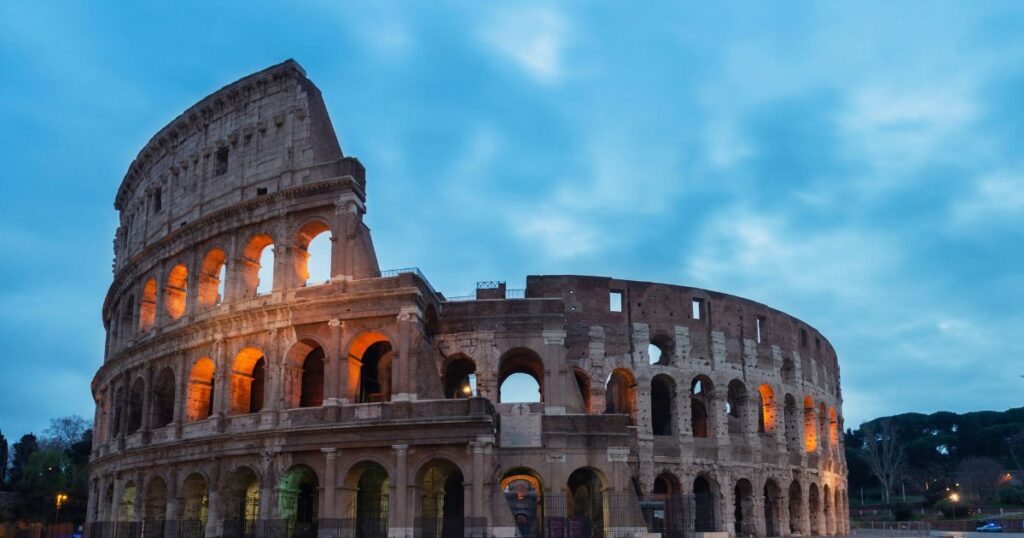
2. Florence
Florence, the cradle of the Renaissance, is a city where art and history permeate every corner. The Uffizi Gallery houses an unparalleled collection of Renaissance masterpieces, including works by Botticelli, Michelangelo, and Leonardo da Vinci. The Florence Cathedral, known as the Duomo, is an architectural masterpiece with its massive dome engineered by Brunelleschi, offering panoramic views of the city. The Ponte Vecchio, a medieval stone bridge lined with jewellery shops, spans the Arno River and is an enduring symbol of Florence’s commercial heritage. Florence’s compact size allows for leisurely exploration on foot, with every street and piazza revealing a new historical marvel, from the statues in Piazza della Signoria to the frescoes in the Basilica of Santa Croce.
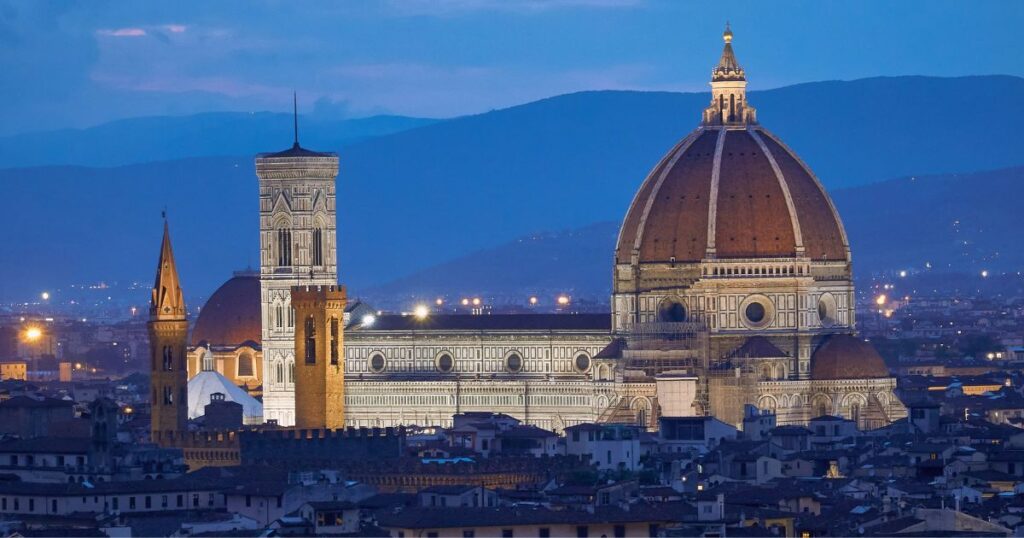
3. Venice
Venice, with its labyrinth of canals and romantic ambiance, offers a unique and enchanting experience unlike any other city. The Grand Canal, Venice’s main waterway, is flanked by Renaissance and Gothic palaces that reflect the city’s historical wealth and power. St. Mark’s Square, the heart of Venice, features the magnificent St. Mark’s Basilica with its opulent mosaics and the Doge’s Palace, a stunning example of Venetian Gothic architecture.
The Campanile bell tower provides sweeping views of the city and the lagoon. Venice’s charm lies in its narrow alleyways, quaint squares, and artisan shops selling Murano glass and Venetian masks. The annual Carnival of Venice, with its elaborate costumes and masked balls, adds a layer of festivity and mystery to this already captivating city.
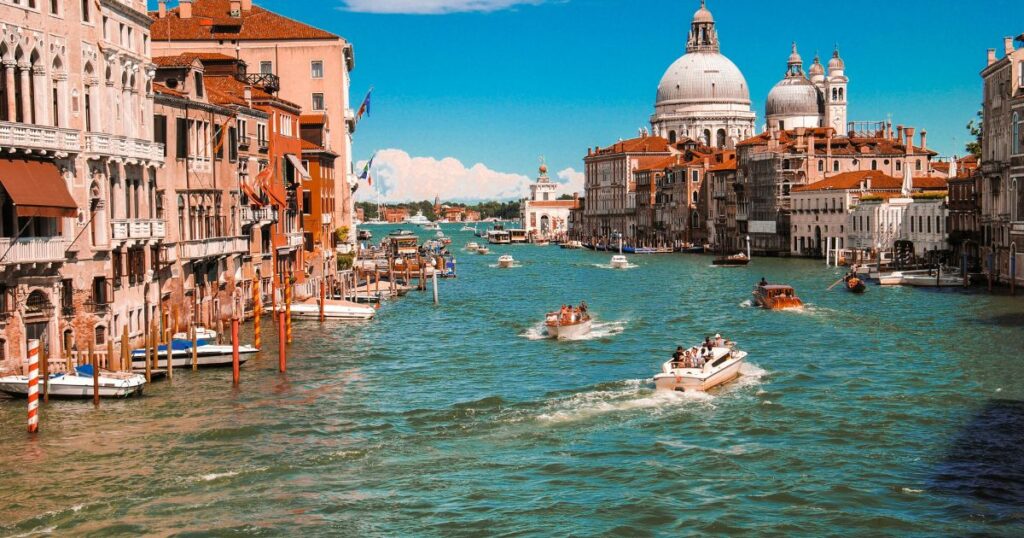
4. Amalfi Coast
The Amalfi Coast, a UNESCO World Heritage site, is renowned for its breathtaking beauty and scenic charm. The coastal road, winding along the cliffs, offers stunning vistas of the Mediterranean Sea and picturesque towns perched precariously on the cliffs. Positano, with its colorful houses cascading down the hillside, is famous for its chic boutiques and pebble beaches. Amalfi, the coast’s namesake, boasts a stunning cathedral with a mix of architectural styles and a charming harbor. Ravello, perched high above the sea, is known for its beautiful gardens and panoramic views. The Amalfi Coast is also famous for its culinary delights, including fresh seafood, locally grown lemons, and the refreshing lemon liqueur known as limoncello.
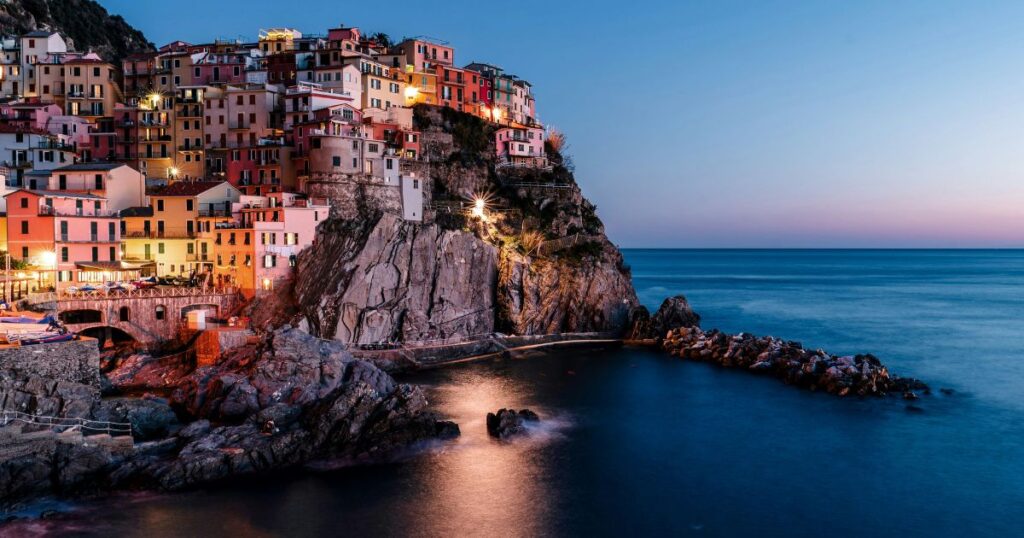
5. Cinque Terre
Cinque Terre, meaning “Five Lands,” comprises five picturesque villages along the rugged Ligurian coast. Monterosso al Mare, the largest village, offers beautiful beaches and a relaxed atmosphere. Vernazza, with its small harbor and vibrant houses, is often considered the most picturesque. Corniglia, perched on a cliff, provides stunning views and a quieter ambiance. Manarola, known for its colorful buildings and vineyards, is a favorite among photographers. Riomaggiore, the southernmost village, features charming streets and a beautiful coastline. The villages are connected by hiking trails that offer breathtaking views of the sea and terraced hillsides, making Cinque Terre a haven for nature lovers and hikers. The region is also known for its fresh seafood, pesto, and locally produced wine.
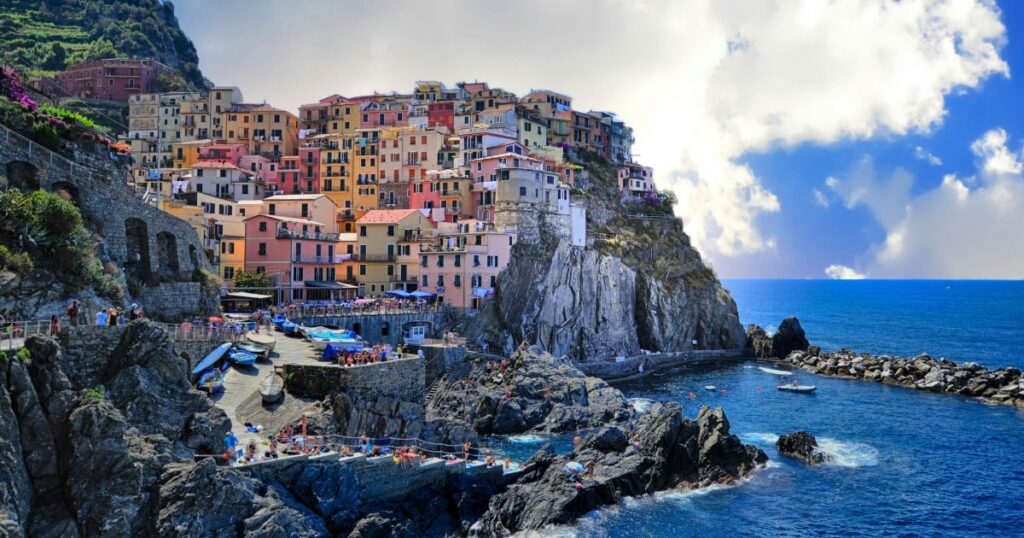
6. Tuscany
Tuscany, with its rolling hills, vineyards, and medieval towns, epitomizes the idyllic Italian countryside. The region is a paradise for wine enthusiasts, particularly in the Chianti region, where vineyards produce some of Italy’s finest wines. Siena, with its well-preserved medieval architecture and the annual Palio horse race, offers a glimpse into Tuscany’s rich history. Pisa, with its iconic Leaning Tower, showcases the architectural and scientific advancements of the medieval period. Lucca, surrounded by intact Renaissance-era city walls, is perfect for leisurely bike rides and strolls.
Florence, the capital of Tuscany, adds to the region’s allure with its Renaissance treasures. The scenic landscapes, dotted with cypress trees and olive groves, have inspired countless artists and offer a perfect setting for leisurely drives, bike rides, and hot air balloon rides.
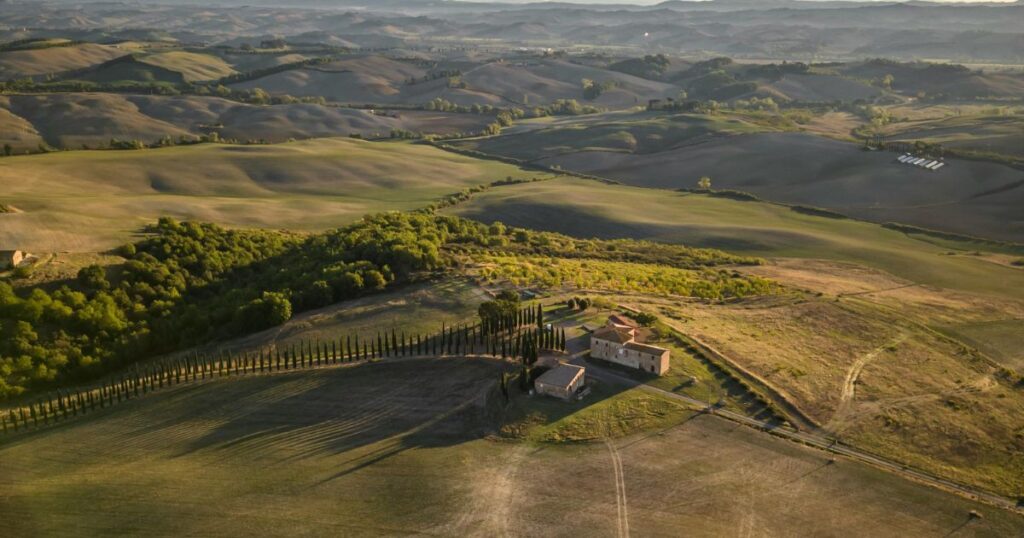
7. Milan
Milan, Italy’s fashion and design capital, combines modern sophistication with historical landmarks. The city is home to the iconic Duomo, a Gothic cathedral with intricate spires and a rooftop offering panoramic views. The historic La Scala opera house and the Santa Maria delle Grazie convent, which houses Leonardo da Vinci’s “The Last Supper,” are cultural highlights. Milan is also a global hub for shopping, with high-end boutiques in the Quadrilatero d’Oro district and cutting-edge designs at the annual Milan Fashion Week. The city’s vibrant nightlife, innovative cuisine, and contemporary art scene reflect its cosmopolitan character. Milan’s dynamic energy and cultural richness make it a captivating destination for travelers seeking a blend of tradition and modernity.
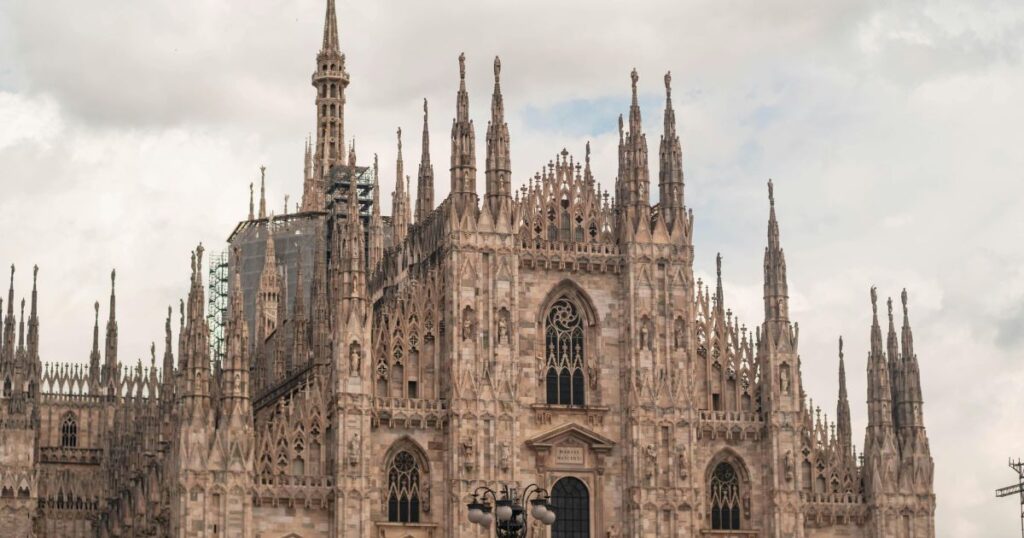
8. Sicily
Sicily, the largest island in the Mediterranean, offers a rich tapestry of history, culture, and natural beauty. The ancient Greek temples of Agrigento, part of the Valley of the Temples, are among the most impressive archaeological sites in Italy. The Roman mosaics of Villa Romana del Casale provide a fascinating glimpse into ancient luxury. The baroque towns of Noto, Ragusa, and Modica are architectural gems with stunning churches and palaces.
Mount Etna, Europe’s highest and most active volcano, provides opportunities for hiking and exploring its lunar-like landscapes. The coastal towns of Taormina, with its Greek theater and breathtaking views, and Cefalù, with its Norman cathedral and sandy beaches, offer a perfect blend of history and relaxation. Sicily’s diverse cuisine, influenced by various cultures over centuries, is a highlight for food lovers, with specialities like arancini, cannoli, and fresh seafood.
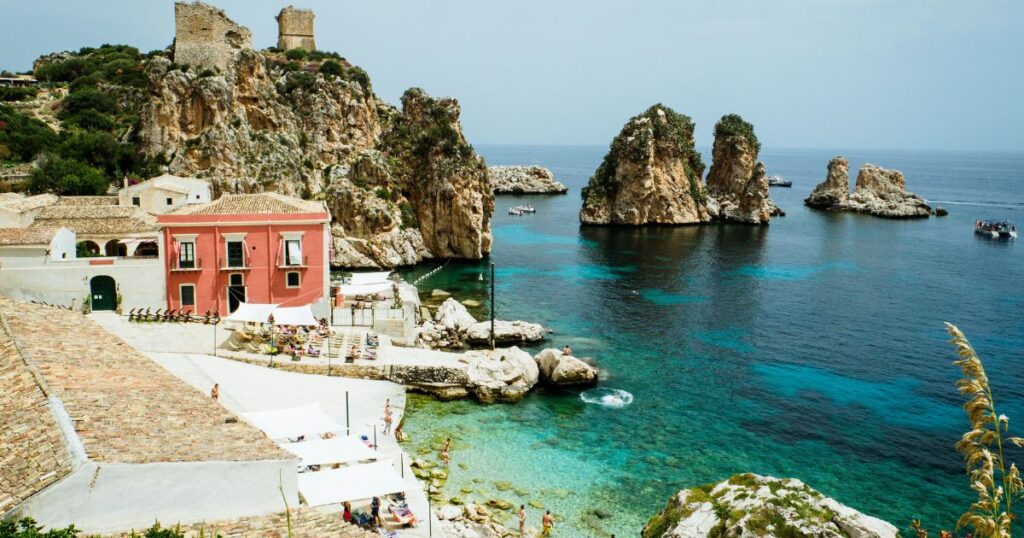
9. Naples
Naples, a city with a vibrant street life and rich cultural heritage, is the birthplace of pizza. The historic city center, a UNESCO World Heritage site, is filled with narrow streets, bustling markets, and grand churches. The Naples Cathedral, or Duomo, is renowned for its Gothic architecture and the annual Miracle of San Gennaro. The city’s museums, such as the National Archaeological Museum, house impressive collections of artefacts from Pompeii and Herculaneum. Nearby, the ancient ruins of Pompeii and Herculaneum, buried by the eruption of Mount Vesuvius in 79 AD, offer a fascinating glimpse into Roman life. Naples’ culinary scene is a paradise for food enthusiasts, offering everything from street food like sfogliatella to gourmet dining experiences.
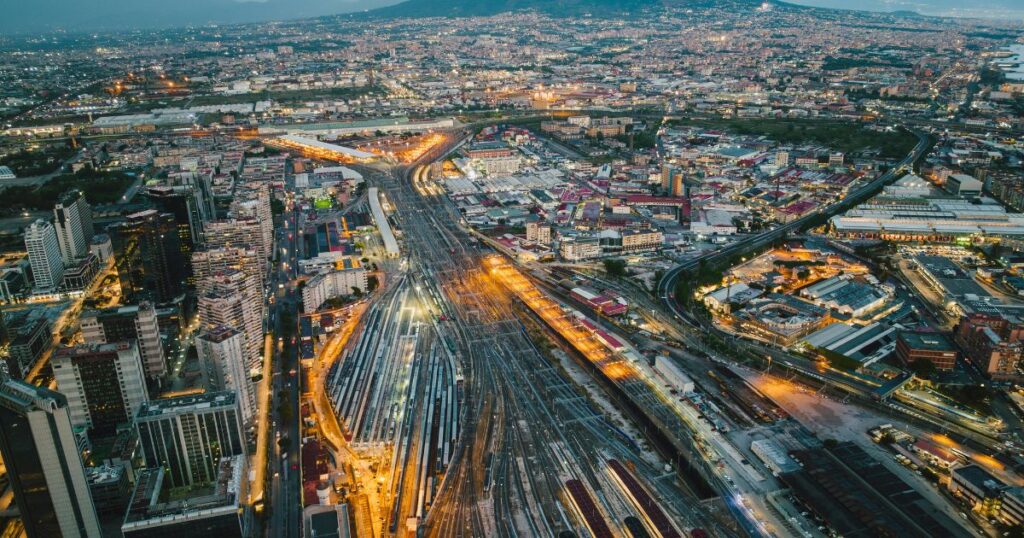
10. Lake Como
Lake Como, nestled in the foothills of the Alps, is renowned for its picturesque villages, luxurious villas, and beautiful gardens. Bellagio, often referred to as the “Pearl of the Lake,” is known for its charming streets, elegant villas, and stunning views. Varenna, with its colourful houses and serene atmosphere, offers a peaceful retreat. Menaggio, with its lakeside promenade and scenic golf course, is perfect for relaxation and outdoor activities. The lake’s crystal-clear waters are ideal for boat rides, while the surrounding hills offer excellent hiking opportunities. The lavish Villa del Balbianello and the botanical gardens of Villa Carlotta are must-visit attractions. Lake Como’s combination of natural beauty and refined elegance makes it a perfect destination for a tranquil escape.
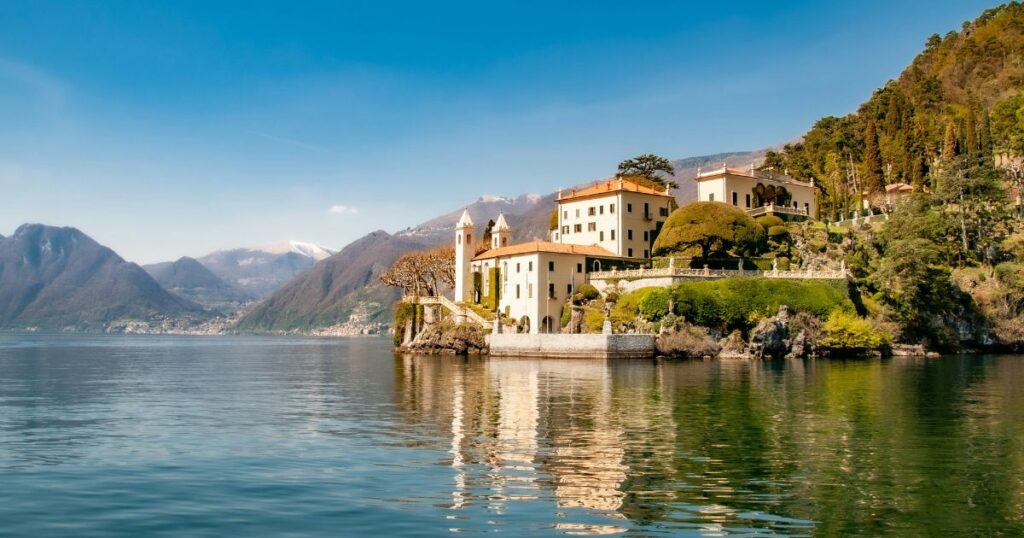
11. Verona
Verona, the city of Romeo and Juliet, offers a blend of romance and history. The Roman Arena, an impressive amphitheater, hosts world-famous opera performances in the summer. Juliet’s Balcony, inspired by Shakespeare’s tragic love story, draws visitors from around the world. The historic center, with its medieval and Renaissance architecture, is a delight to explore. Piazza delle Erbe, the ancient Roman forum, is now a lively market square surrounded by beautiful buildings and frescoes. Verona’s strategic location near the Veneto wine region adds to its charm, offering opportunities for wine tasting and exploring the scenic countryside.
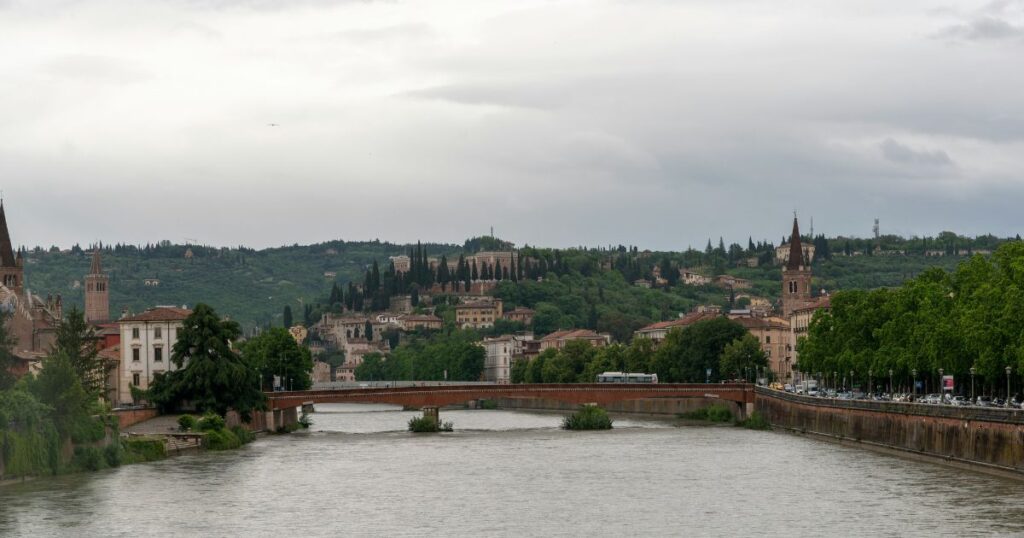
12. Bologna
Bologna, known as “La Grassa” (The Fat One) for its culinary excellence, is home to the world’s oldest university, founded in 1088. The city’s historic center is characterized by medieval towers, porticoes, and red-tiled roofs. Piazza Maggiore, the main square, is surrounded by important landmarks such as the Basilica of San Petronio and the Palazzo dei Banchi. The Two Towers, Asinelli and Garisenda, are iconic symbols of Bologna and offer panoramic views of the city. Bologna’s vibrant food scene is renowned for its traditional dishes like tagliatelle al ragù, tortellini, and mortadella. The city’s lively student population and cultural events contribute to its dynamic atmosphere.
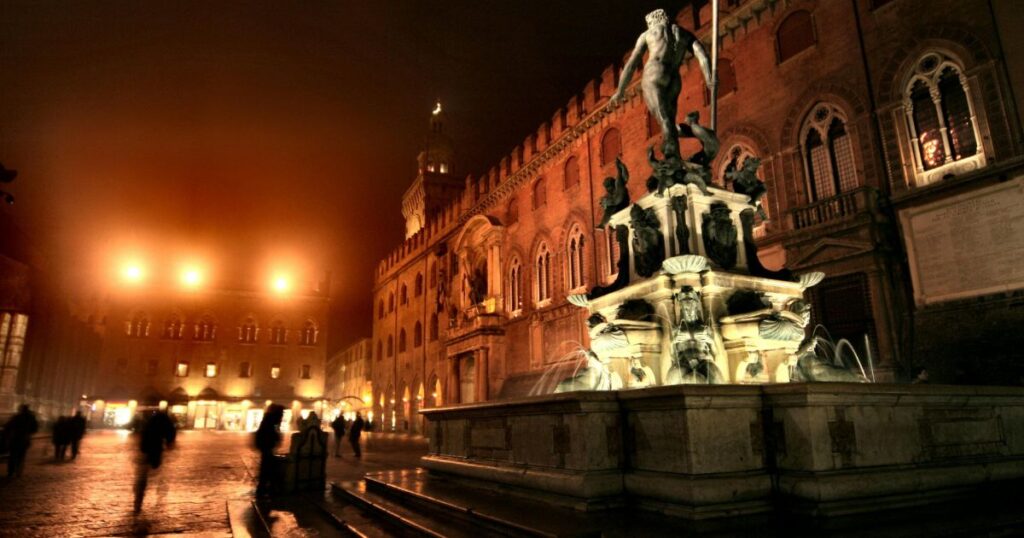
13. Pompeii
Pompeii, an ancient city preserved by the eruption of Mount Vesuvius, provides an unparalleled glimpse into Roman life. Walking through the ruins, you can explore homes, shops, temples, and public baths that remain remarkably intact. Highlights include the Forum, the heart of Pompeii’s public life, the Villa of the Mysteries with its well-preserved frescoes, and the Amphitheatre, one of the oldest in the Roman world. The plaster casts of the victims, frozen in their final moments, offer a poignant reminder of the volcano’s devastating power. Pompeii’s excavation continues to reveal discoveries, making it a constantly evolving destination for history enthusiasts.
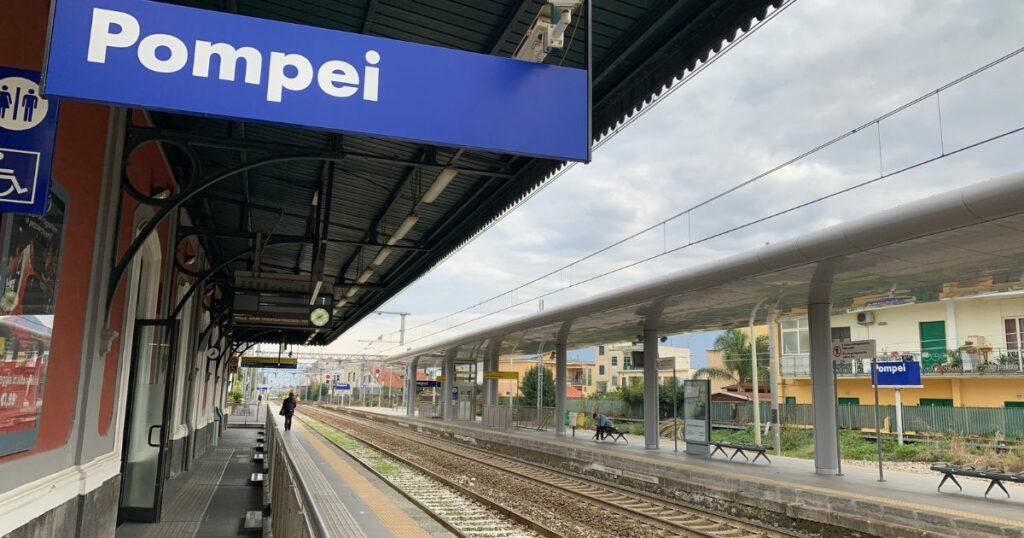
14. Siena
Siena, a city renowned for its medieval architecture and vibrant cultural traditions, offers a unique glimpse into Tuscany’s past. The Piazza del Campo, a shell-shaped square, is the site of the Palio, a thrilling horse race held twice a year. The Siena Cathedral, or Duomo, is a masterpiece of Gothic architecture with its intricate façade and stunning interior, including works by Michelangelo and Donatello. The historic center, a UNESCO World Heritage site, is filled with narrow winding streets, charming squares, and well-preserved buildings. Siena’s rich history, combined with its lively cultural scene and traditional cuisine, makes it a captivating destination.
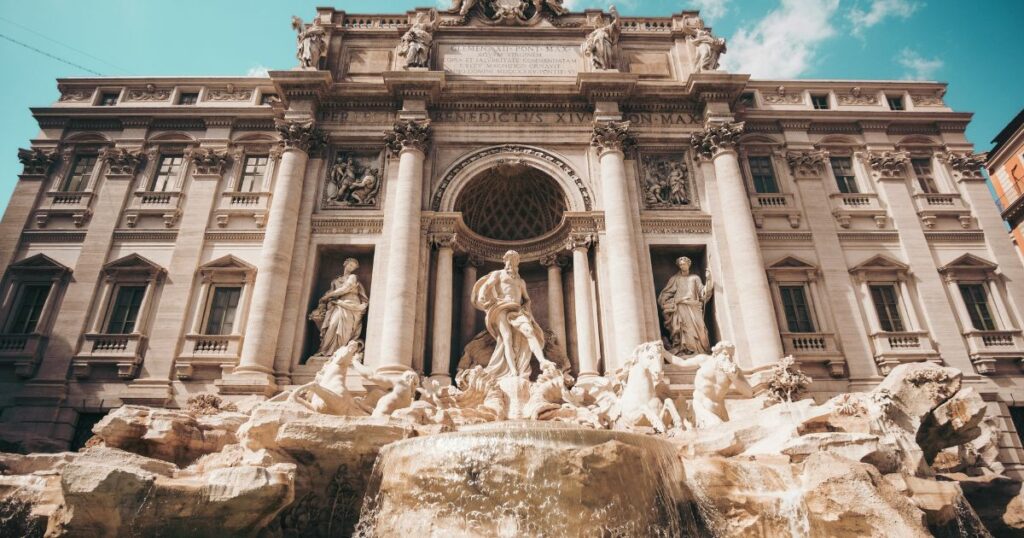
15. Sardinia
Sardinia, an island known for its pristine beaches, rugged landscapes, and ancient history, offers a diverse range of experiences. The Costa Smeralda, with its turquoise waters and luxurious resorts, is a popular destination for the rich and famous. Alghero, a coastal town with Catalan influences, features charming old streets and beautiful beaches. The island’s interior is home to ancient nuraghe stone structures and mysterious remnants of Sardinia’s prehistoric culture. Sardinia’s natural beauty includes the wild and rugged coastline of the Golfo di Orosei and the stunning archipelago of La Maddalena. The island’s unique cuisine, influenced by its pastoral traditions, features specialities like roasted suckling pig, pecorino cheese, and fresh seafood.
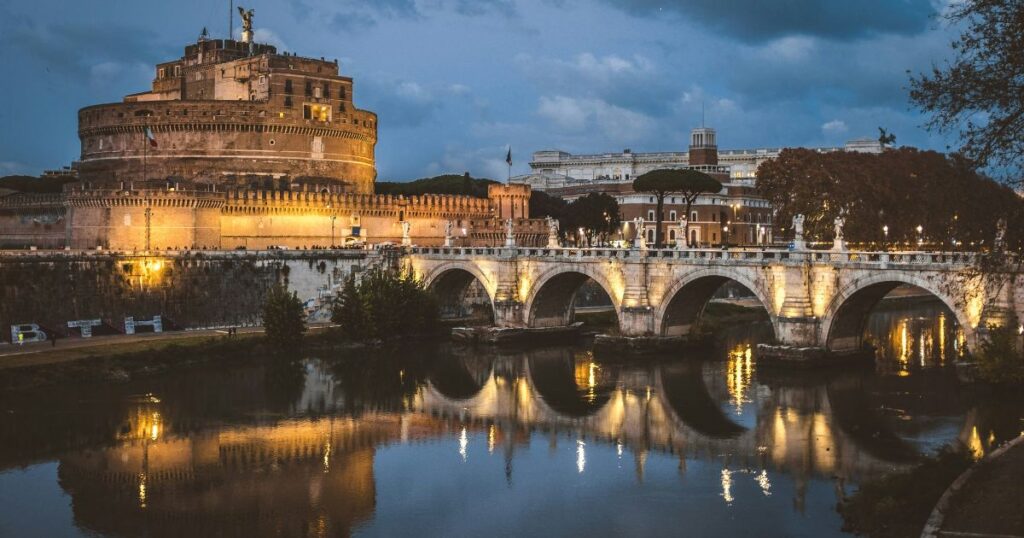
Closing Thought
Italy’s diverse regions offer something for every traveller, whether you’re seeking history, art, nature, or culinary delights. Each destination provides a unique glimpse into Italy’s rich heritage and contemporary allure. So, pack your bags and embark on a journey through this beautiful country, discovering the magic of Italy one destination at a time.
15 Best Travel Backpacks- How To Choose 2023
The Best 15 Good Places to Visit In Egypt|Exploring Egypt
http://pairstravel.com/exploring-19-of-the-best-places-to-visit-in-europe
http://pairstravel.com/the-best-places-to-visit-in-spain
Aiman Khalid
I’m Aiman Khalid, your dedicated SEO Analyst. With a passion for digital marketing and a keen eye for optimizing online experiences, I’ve made it my mission to help businesses thrive in the digital realm. My journey into the world of SEO began with a fascination for search engines and their algorithms, and since then, I’ve honed my skills to become a seasoned professional. Armed with years of experience, I specialize in crafting SEO strategies that not only boost search engine rankings but also drive tangible results, such as increased website traffic and conversions. I’m here to demystify the world of SEO and empower your online presence, one keyword at a time.
-
© Copyright 2020 | www.pairstravel.com
